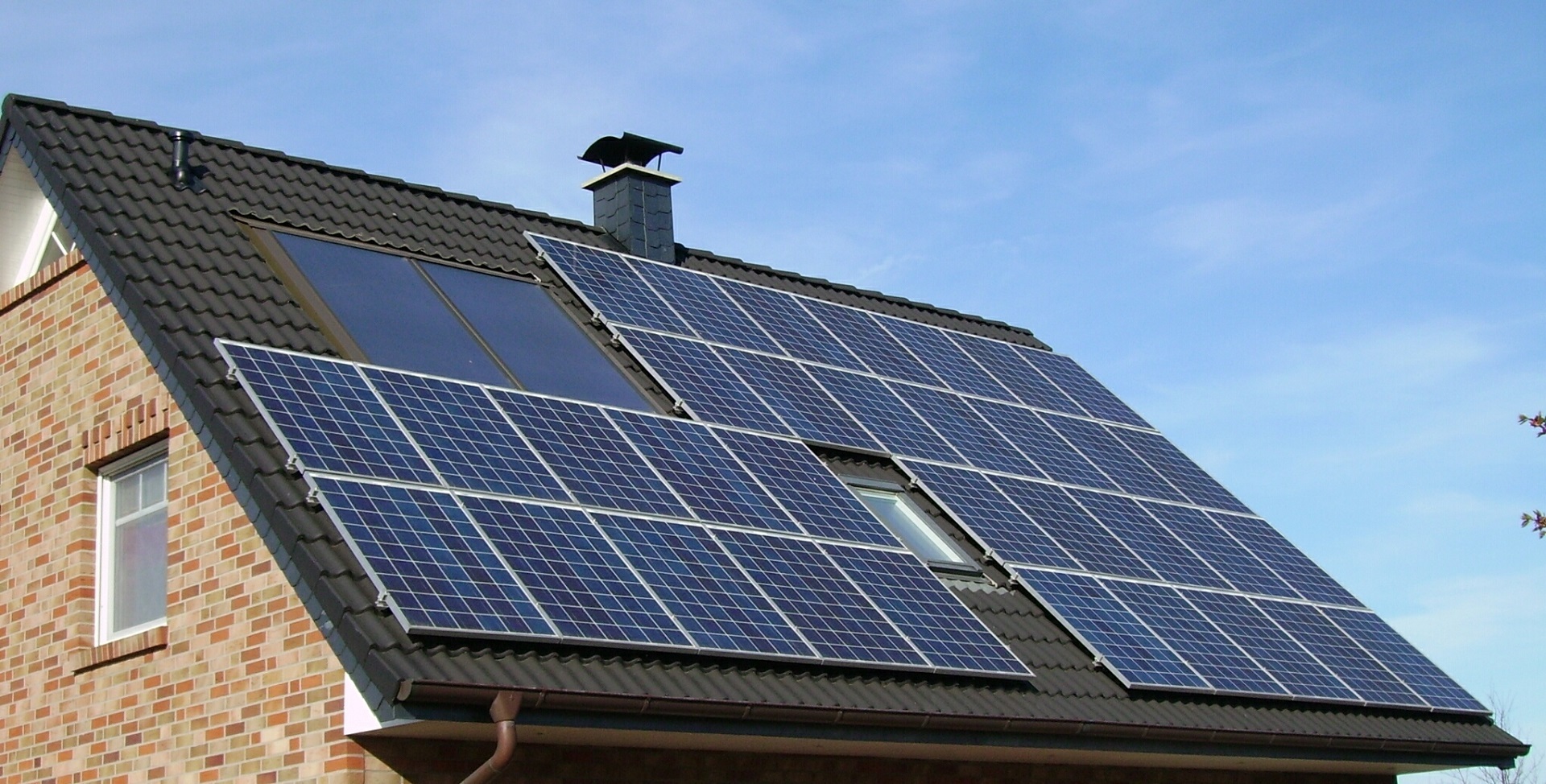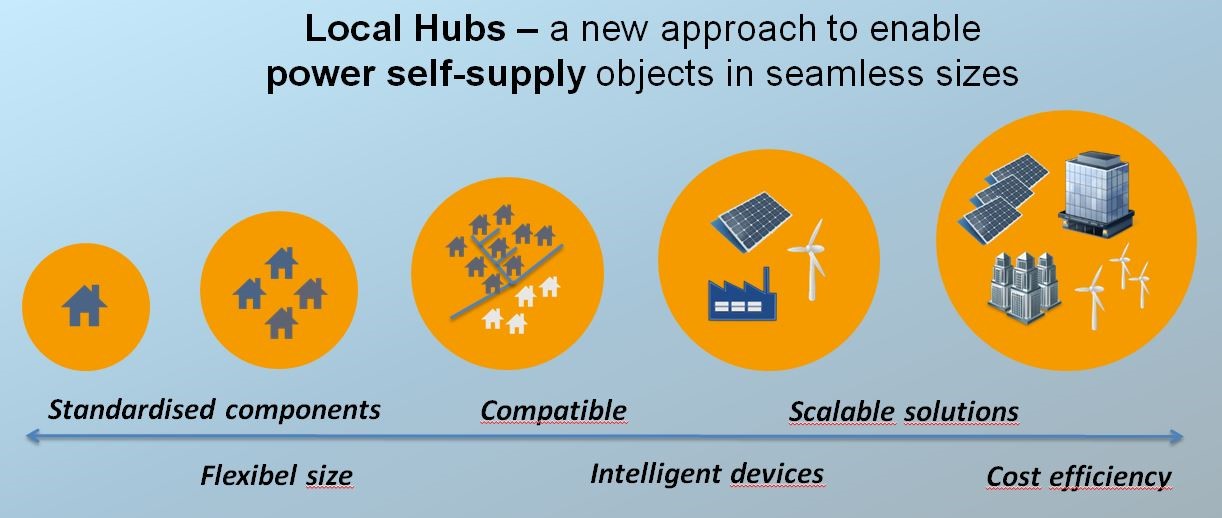The price for electricity is rising, slowly but steady. On the other hand, self-supply becomes cheaper. New incentive systems in Germany should enable the expansion of solar energy by increasing the demand. For example, landlords with solar panels can sell the generated electricity with a favourable price to their tenants now. Power storages are part of this use case and are part of a lot of other use cases, too. Based on economies of scale, prices for power storages are falling. This is why power self-supply becomes cheaper than buying electricity from an energy supplier.
Germany steps out of nuclear power generation. In 2022 the last nuclear power plants will be closed. Renewables are supposed to replace them. In order to use existing capacities in wind energy, Germany is planning to build new power lines with 2,117 km lenght from north to south. In fact, in the north of Germany, wind turbines are much more effective. But I think the duration of this plan till 2025 is much too long. And especially the amount of the cost (30 bil. €) is unbelievable. There is a better way to shape the future energy supply. It could be called “Local Hubs”.
Local Hubs are objects of different sizes – see graphic on top. They have the capability of generating power, storing power and to controlling consumption. The baselined goal is to reach a high level of power self-supply. Local Hubs can be a single-family house, apartment blocks, neighborhoods, villages, a district, a city, a handicraft or a larger business company and so on. The size of a local hub is flexible.
Local hubs have open interfaces to the public grid. A hub can receive power from the grid if it is necessary. If the generation of power will be too high, a hub can feed power into the grid. The rate of power self-supply is estimated by ~80 percent of consumption. That’s easier said than done. Solutions like this must get accepted. First, some conditions must be fulfilled. All devices must be compatible. They must use the same communication protocol. Only on this basis all devices can be combined according to customer requirements. Security aspects must be considered. Furthermore, the offered solution must be cheap enough to make sense from an economic point of view.
“Power self-supply must replace feed-in”
So far, the self-generated electricity is fed into the grid. On a long run, all electricity demand should be met by using local storage cluster. In the future, self-generation and -consumption will have to replace the electricity feed-in, otherwise the costs for the maintenance of grid will rise.
Let´s see an example for local hubs. In a large industrial company several power storages are connected based on Lemonbeat OS. These storages are supplied with electricity by solar panels, wind turbines or other renewables. All storages exchange data as part of an autonomous network of devices. An algorithm ensures that electricity is physically exchanged inside the company grid, from storage to storage. There are two objectives. A storage may not be completely discharged and destroyed. On the other hand, it should be prevented that expensive electricity is to purchase from the grid.
If this company is located in a village, it can be connected with the power storage in the village and can help to balance both load requirements. By this way the company can supply electricity to the village, which is cheaper than the traditional way of purchasing. On the other hand, the village can help the company to avoid expensive peak loads and save money. It is possible that wind power plants, located in the edge of the village, can feed electricity directly into a larger storage using the medium voltage network.
„The very welcomed increase of the number of eCars needs power self-supply “
The growth of eCars with Lithium-ion batteries leads to an increase of consumption. As a result of this, the self-generated electricity is largely consumed at night by charging the eCar. Therefore, a feed-in of the surplus electricity will generally not take place. By the way, Lithium-ion batteries have not yet set 100% for eCars due to limited raw materials. They would make eCars expensive. Wind energy in the North Sea could be used for the production of hydrogen (P2G). Instead of a 2,117 km long power line, wind energy could better support fuel cell technology. eCars are mandatory to optimize our life, to save our health and to help the environment. But, I think, we can discuss the way to provide energy to the electric motor.
An analysis of electricity demand in California led to the so-called duck-curve. The net electricity-load requirement has fallen during the day. The self-generated electricity was enough to fulfill the demand. After this, starting in the afternoon, they had an increase of 10,9 GW load requirement from the grid, over three hours. Two things can solve that: Single power storages or a cluster of connected storages (swarm batteries) and the ongoing replacement of devices with a high-power consumption.
In this way, a self-supply rate of up to 100% can be achieved. The price will be more favourable and people will be more independent. Resilience to power failures or natural catastrophes also increases.
Sources:
Reusch, Frank A.: “Increase Resilience – Real decentralized power with intelligent and scalable local hubs”, Defense Innovation, Technology Acceleration Challenges, 2017 Oct 3-5, Tampa, Florida
Reusch, Frank A.: “Interoperability and Cyber Security enables a new level of smart grids” (Abstract for IEEE World Forum on Internet of Things, 05-08 February 2018 – Singapore)
Reusch, Frank A.: “Web of Things: Bringing order to chaos”, 09/2016, https://www.wespeakiot.com/web-of-things-bringing-order-into-the-chaos/





